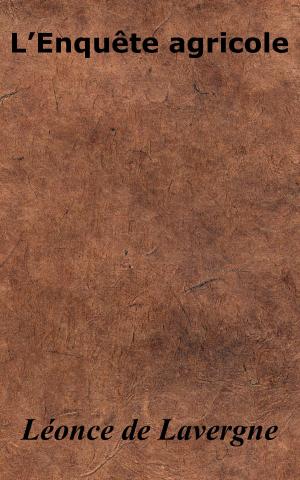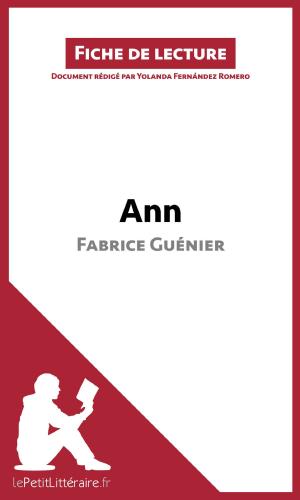French Food Dictionary: the Essential Menu Translator
Nonfiction, Food & Drink, International, European, French| Author: | T William Walker | ISBN: | 9781310395819 |
| Publisher: | T William Walker | Publication: | April 17, 2015 |
| Imprint: | Smashwords Edition | Language: | English |
| Author: | T William Walker |
| ISBN: | 9781310395819 |
| Publisher: | T William Walker |
| Publication: | April 17, 2015 |
| Imprint: | Smashwords Edition |
| Language: | English |
French Food Dictionary: the Essential Menu Translator by T. William Walker is designed with the traveler in mind. It contains well over 4,800 food items that appear on menus in French-speaking countries, especially France, Belgium and parts of Switzerland.
The hyperlinked Table of Contents at the beginning of the book takes the user to within three or four pages of the term he or she is looking for.
Many of the food items on French menus contain two or more words. A unique feature of this dictionary is that such items are listed multiple times, once for each term. In other words, the user does not have to look up two or three different words. Just finding one word reveals what the entire phrase means. For example, “noix de veau” is listed twice: once under “noix” and again under “veau.”
In addition, many entries have sub-entries listing other food items associated with the main entry. For example, “agneau” (lamb) has more than a dozen sub-entries: “brochette d’agneau” (lamb kebab), cervelle d’agneau (lamb’s brains), “cuisse d’agneau” (leg of lamb), etc.
This dictionary is also unique in that it contains, in many cases, lists of ingredients typically found in the listed dishes. No other dictionary does this so thoroughly. This allows travelers to get an idea of how a dish may be prepared, and is also beneficial to travelers who wish to avoid certain ingredients. An example would be “morvandelle”: Morvan (or other) ham in a sauce made with white wine, shallots, cream, tomato concentrate and Gruyere cheese.
French Food Dictionary: the Essential Menu Translator by T. William Walker is designed with the traveler in mind. It contains well over 4,800 food items that appear on menus in French-speaking countries, especially France, Belgium and parts of Switzerland.
The hyperlinked Table of Contents at the beginning of the book takes the user to within three or four pages of the term he or she is looking for.
Many of the food items on French menus contain two or more words. A unique feature of this dictionary is that such items are listed multiple times, once for each term. In other words, the user does not have to look up two or three different words. Just finding one word reveals what the entire phrase means. For example, “noix de veau” is listed twice: once under “noix” and again under “veau.”
In addition, many entries have sub-entries listing other food items associated with the main entry. For example, “agneau” (lamb) has more than a dozen sub-entries: “brochette d’agneau” (lamb kebab), cervelle d’agneau (lamb’s brains), “cuisse d’agneau” (leg of lamb), etc.
This dictionary is also unique in that it contains, in many cases, lists of ingredients typically found in the listed dishes. No other dictionary does this so thoroughly. This allows travelers to get an idea of how a dish may be prepared, and is also beneficial to travelers who wish to avoid certain ingredients. An example would be “morvandelle”: Morvan (or other) ham in a sauce made with white wine, shallots, cream, tomato concentrate and Gruyere cheese.















